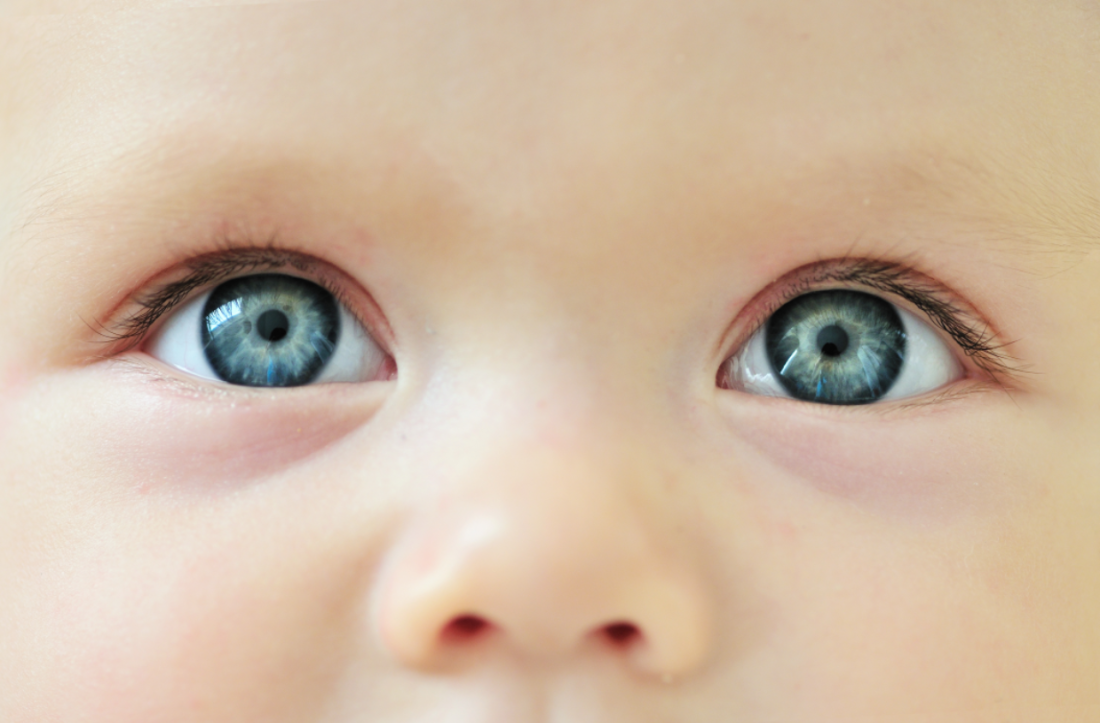Eye problem is a common problem nowadays in both children and adults. Talking about adults, they easily get an idea about eye problems. They have a basic knowledge about the redness of the eyes or the loss of vision. Adults immediately visit an ophthalmologist about the concerned problem.

But speaking about children, their eye-related issues remain unnoticeable at times. Children mainly fail to explain their problems to their parents or guardians. So it’s a must for parents to take their children to a pediatric ophthalmologist at regular intervals.
Children face such problems at an early age because their eyes are more delicate than adults and may not convey the exact problem, leading to severe issues later on.
Children face many eye-related problems either from birth or at a younger age, but I have mentioned below the main six eye problems children face daily.
- Squint (Strabismus)
They are commonly known as crossed eyes. This occurs when the eyelids point in different directions or cross directions. Children face this problem either from their birth or while growing up. This problem is noticeable all the time or at times.
It should be cured immediately and, if not done, can lead to the permanent crossing of the eyes. Although it is also known as lazy eyes, it can be cured early by surgery or exercise, or by wearing glasses.
- Redness of eyes
Redness of the eyes is mainly seen in the monsoon when allergic reactions or infection rate increases. Redness in the eyes can also be a reason for conjunctivitis or if any foreign body has entered the eyes.
Allergies are treated with antibiotic eye drops, and infection is treated with low-dose steroids.
But in the case of conjunctivitis, one has to take proper care of himself by avoiding meeting people as it is highly contagious by a sense of touch. It can be cured by visiting an ophthalmologist.
- Amblyopia
Amblyopia is also known as Lazy Eye. Children face this problem when vision from one eye is unclear, and the brain can not process it properly. Common causes of amblyopia can be seen as follows:
- Strabismus (squint)
- Refractive error (incorrect focusing problem)
- Ptosis (droopy eyelid)
- Cataract (clouding or opacity in the lens)
It is a severe problem in children and, if left unnoticed or delayed in treatment, leads to permanent loss of vision.
It can only be cured when treatment starts at an early age.
- Myopia
Myopia in children is a very common eye-related problem. It is also popularly known as nearsightedness. It is a condition in which a person will not be able to see faraway objects with clarity. They will face a blurry vision if trying to see distant objects.
It is a chronic disease that lasts for a lifetime most of the time. It is easily recognizable, and one can easily recognize it if suffering from myopia. Myopia can be corrected through surgeries or by using glasses provided by an ophthalmologist.
- Epiphora
Epiphora is commonly said to be watering of eyes or watery eyes. There are many reasons for watering eyes, but the main reason is when the duct that drains tears from the eye to the nose becomes blocked. It’s a prevalent problem nowadays.
One having watery eyes may face infections which lead to severe issues later. To cure watery eyes, one can use an eyedrop, may visit an ophthalmologist, or in some cases, a small surgical procedure can be done for the treatment.
- Nystagmus
The shaking of eyeballs is also known as nystagmus. It is a condition in which the child’s eyeballs move voluntarily or involuntarily. At times the movements or shakiness occurs for a small duration, but it can become permanent if not cured early.
The child must visit a pediatric ophthalmologist immediately in case of nystagmus.
Parting Thought
Eye problems are faced at times in children and can lead to severe eye diseases if not taken care of.
There are many solutions or medications for eye-related issues, but parents should take precautionary methods beforehand at an early age. They shouldn’t overlook these things as some diseases if not treated on time can become a problem at later stages.



